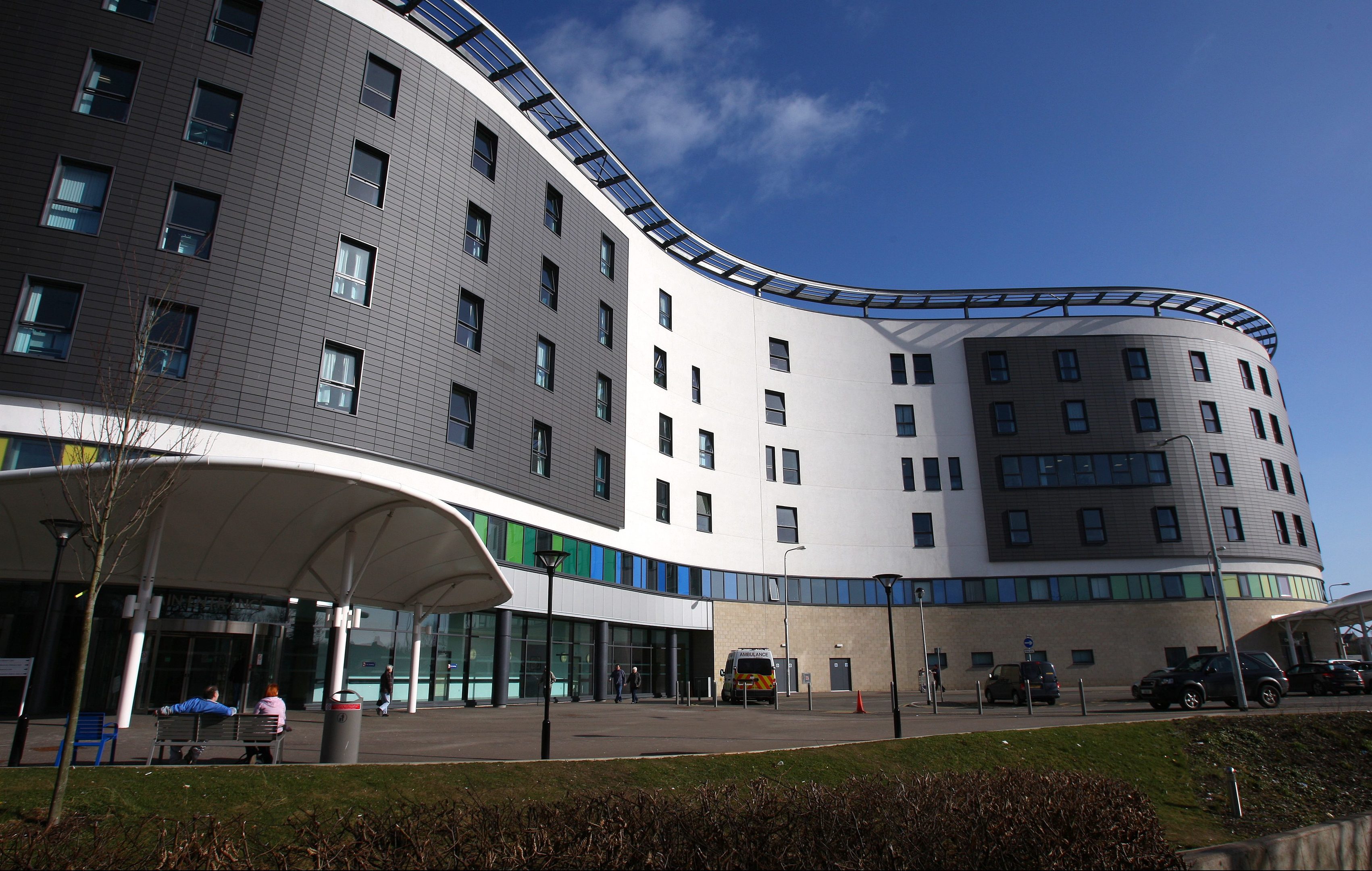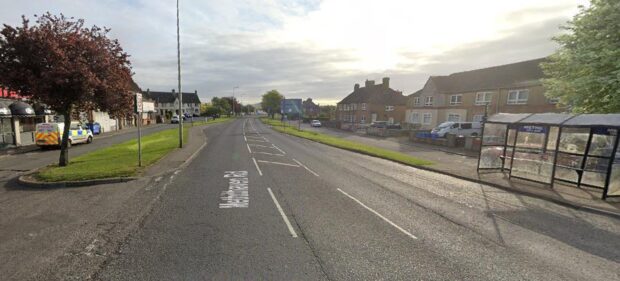Procedures considered to be of low clinical value may be scrapped under a radical review of how health services are delivered across Fife.
Consideration of the move is just one of a number of recommendations made in an ambitious document outlining changes in healthcare over the next five years.
NHS Fife’s Clinical Strategy aims to ensure more people are treated at home or in the community rather than in hospital and that those who are admitted are discharged as quickly as possible.
It has been produced in response to soaring demand, the increasing cost of medicines and advances in medical science.
It also comes at a time when the Fife board is having to make £30 million of cuts to its budget.
NHS Fife chairman Allan Burns said healthcare improvements mean people are living longer, often with chronic and complex conditions.
“Over the next 20 years conditions such as dementia, heart disease and diabetes will rise significantly,” he said.
“However, innovation in medicine and social care practices mean many more conditions can be successfully treated without the need for a hospital stay.
“The Clinical Strategy paves the way for patients to receive more of the care they need in their own homes or closer to their homes.”
Much of the document concentrates on how people can be kept out of hospital unless absolutely necessary, with the focus shifting to prevention and early intervention.
Unnecessary follow-up appointments will be eliminated and more support will be provided for people at home to prevent emergency department attendances.
In addition, integrated care teams will be created to incorporate health services with those provided by the council and other agencies.
This could mean the closure of a number of NHS-owned buildings
The strategy also proposes the introduction of special clinics, providing one-stop care for people with a number of different long-term conditions.
They would involve GPs, nurses and pharmacists and would mean people would be seen in a single appointment rather than be summoned to see several different consultants at different times.
The document was produced after a six month consultation involving thousands of people.
NHS Fife chief executive Paul Hawkins said: “I would like to thank the thousands of people who have contributed to the development of the Clinical Strategy, which marks the beginning of a bold, ambitious time for NHS Fife as we look to deliver the best possible standards of care.”










